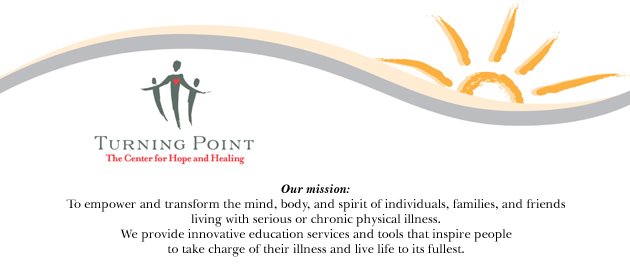Do you think of meditation as a single, vaguely defined Zen-like mental exercise?
That’s like thinking baseball, football and golf are the same because they’re sports.
The truth is there are dozens upon dozens of varieties of mental training. Too often they are lumped together under the term meditation. However, each practice comes with its own instructions and specific effects on experience and brain activity.
Consider one-pointedness—a fully focused concentration on a single object of attention. It may be the most basic and universal of all practices. It is found in one form or another in every spiritual tradition that employs meditation.
Practitioners focus on one point and release the ten thousand other thoughts and desires that flit through their minds as distractions.
By contrast, visualization entails constructing in the mind’s eye a detailed image. In the Buddhist tradition, a meditator might imagine a deity, starting with the details and building the whole picture from top to bottom. If you’re rusty on Buddhist gods, you can visualize a pattern or mandala or even build peaceful refuge in your mind.
Researchers have found a clear difference in cognitive activity between the two. It’s not a bad idea to practice both and fire different parts of your brain.
Moira
Moira
